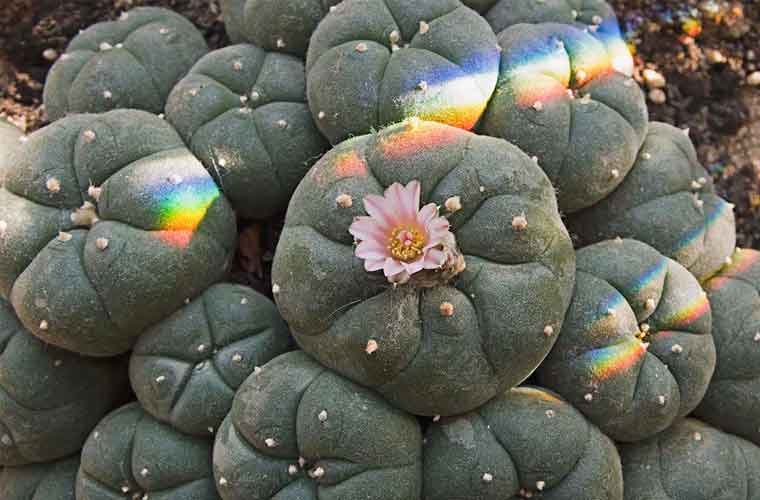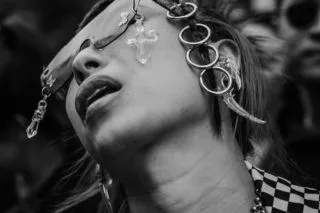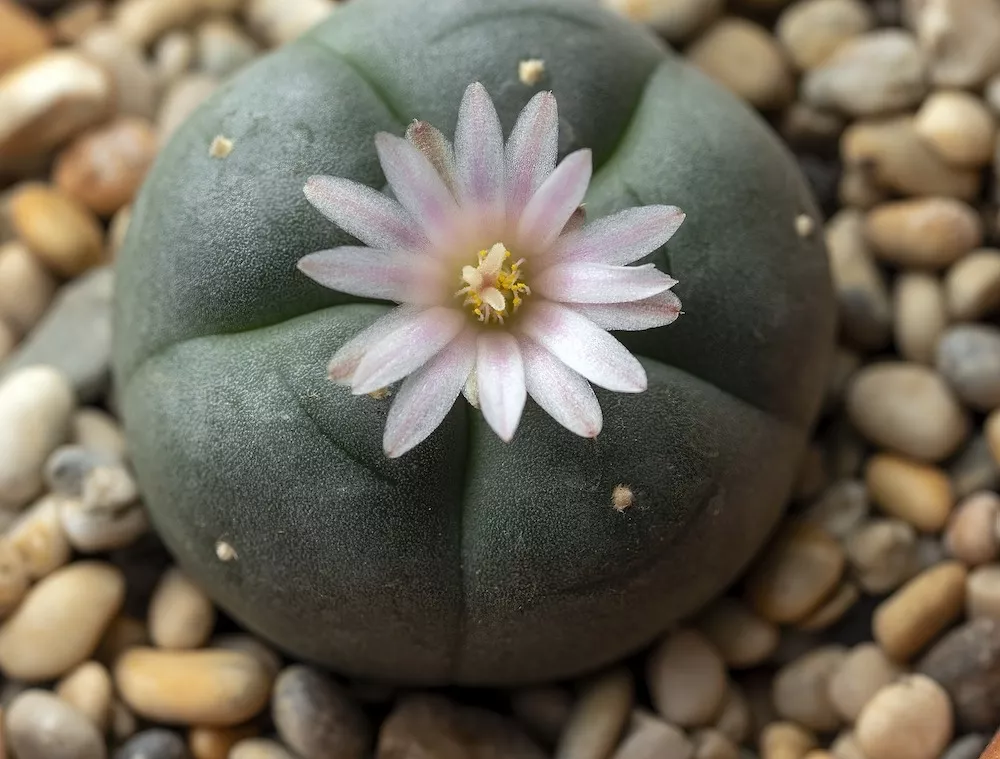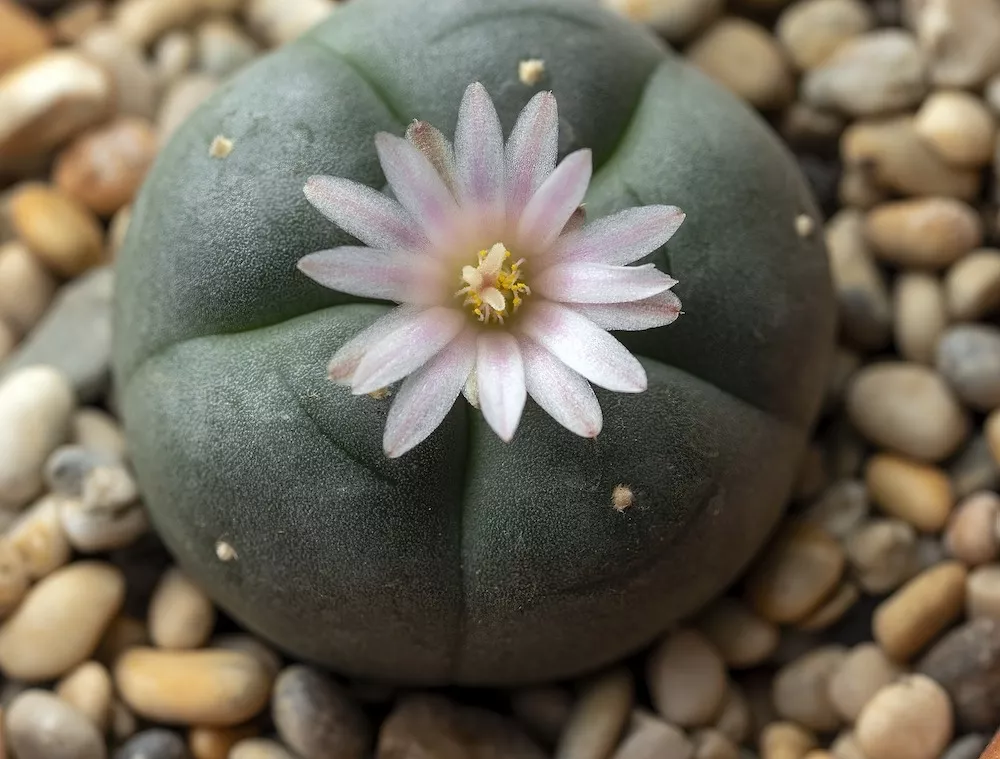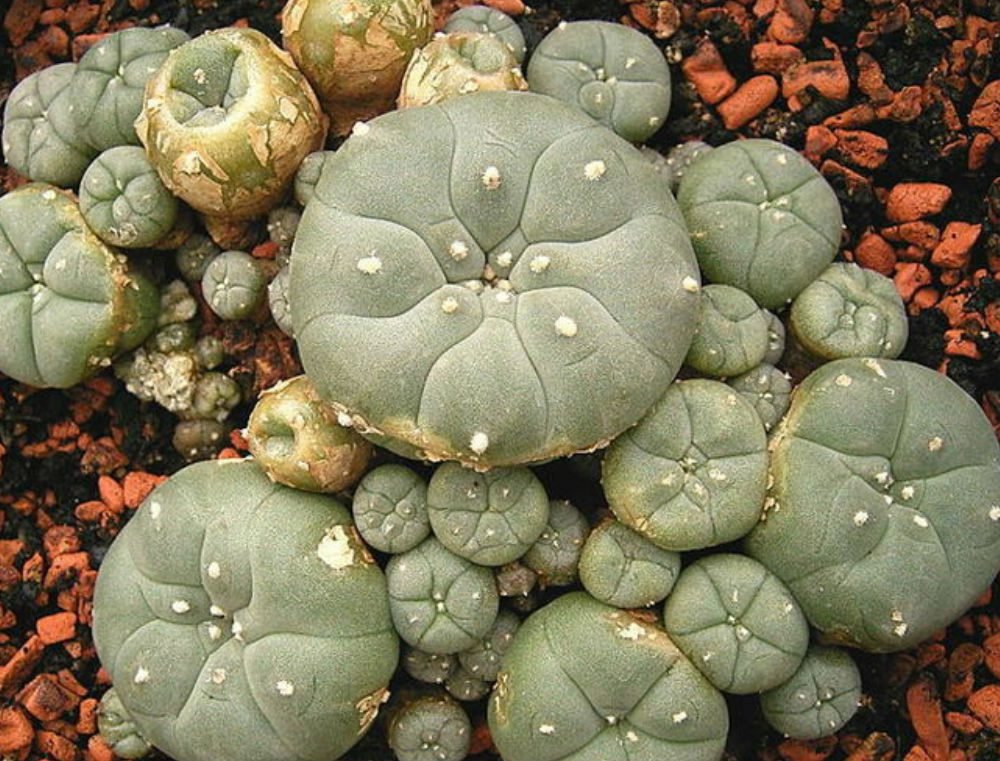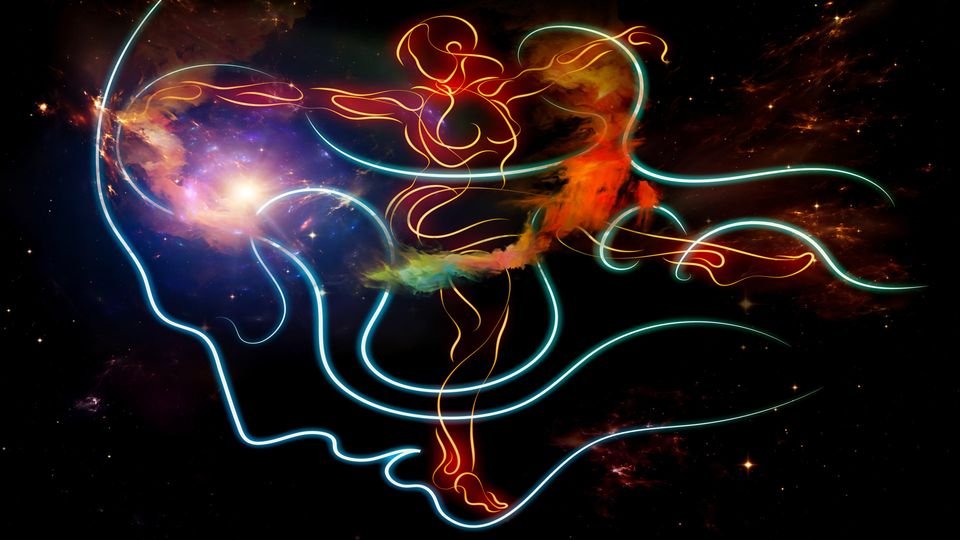Mescaline and its Important It is a naturally occurring psychedelic compound found in several cacti species. Most notably in the peyote cactus (Lophophora williamsii). The San Pedro cactus (Echinopsis pachanoi), and the Peruvian torch cactus (Echinopsis peruviana). It has a long history of use in Native American religious and spiritual rituals and is known for […]
Mescaline Powder Dosage Dosage is a crucial aspect of consuming mescaline powder to ensure a safe and effective experience. Here is a general guideline for dosing mescaline powder: Dosage Guidelines Threshold Dose: 50-100 mg This is the minimal dose where the effects start to be noticeable. Light Dose: 100-200 mg Light perceptual changes, mild visual […]
How do we Consume Mescaline Powder? How do we Consume Mescaline Powder Consuming mescaline powder involves a few considerations to ensure safety and effectiveness. Here are the typical methods for consuming mescaline powder: Weighing the Dose: Accurate dosing is crucial to ensure a safe and desired experience. Use a precise digital scale to measure the […]
What is Mescaline drug? What is Mescaline drug. Mescaline is a naturally occurring psychedelic substance found in certain cacti, most notably the peyote cactus (Lophophora williamsii). The San Pedro cactus (Echinopsis pachanoi), and the Peruvian torch cactus (Echinopsis peruviana). It has been used traditionally in Native American religious and shamanic rituals for its hallucinogenic properties. […]
Peyote and Mescaline Peyote and mescaline are not the same, though they are closely related. Here’s a detailed distinction: Peyote Nature: Peyote is a small, spineless cactus scientifically known as Lophophora williamsii. Composition: Peyote contains several psychoactive alkaloids, with mescaline being the primary one responsible for its psychoactive effects. Use: Traditionally used by indigenous peoples […]
Peyote and Mescaline The primary difference between peyote and mescaline lies in their nature and context of use. Here’s a detailed comparison: Peyote Nature: Peyote is a small, spineless cactus (Lophophora williamsii). Composition: Peyote contains several psychoactive alkaloids, with mescaline being the most prominent. Other alkaloids include pellotine, anhalonidine, and anhalamine. Cultural and Historical Use: […]
Peyote and Mescaline Peyote and mescaline are closely related in terms of their psychoactive properties and cultural significance. Here’s an overview of both: Peyote Scientific Name: Lophophora williamsii Description: Peyote is a small, spineless cactus native to southwestern Texas and Mexico. It contains psychoactive alkaloids, with mescaline being the primary active compound. Historical and Cultural […]
How does Ibogaine work for Addiction? Ibogaine is a naturally occurring alkaloid that has shown promise in treating addiction through a combination of neurochemical, neuroplastic, and psychological mechanisms. Here’s a detailed look at how does ibogaine work for addiction: Neurochemical Mechanisms 1. Dopamine System: Dopamine Release: Ibogaine affects the dopamine system by inhibiting the reuptake […]
How does Ibogaine work in the Brain? Ibogaine is a complex alkaloid with a multifaceted mechanism of action in the brain. Here’s an overview of how does Ibogaine work in the Brain: Mechanism of Action 1. Serotonin System: Receptor Interaction: Ibogaine interacts with serotonin receptors, particularly 5-HT2A and 5-HT2C receptors. This interaction can influence mood […]
Ibogaine and DMT Treatment Ibogaine and DMT are both powerful psychoactive substances that have garnered interest for their potential therapeutic benefits, particularly in treating substance use disorders and mental health conditions. Here’s an overview of their use in ibogaine and DMT treatment: Ibogaine Chemical and Biological Background Source: Ibogaine is a naturally occurring alkaloid found […]


